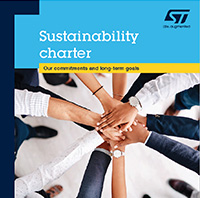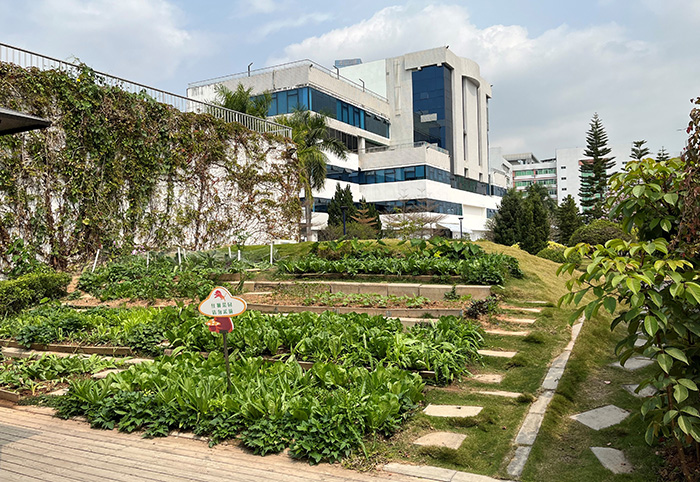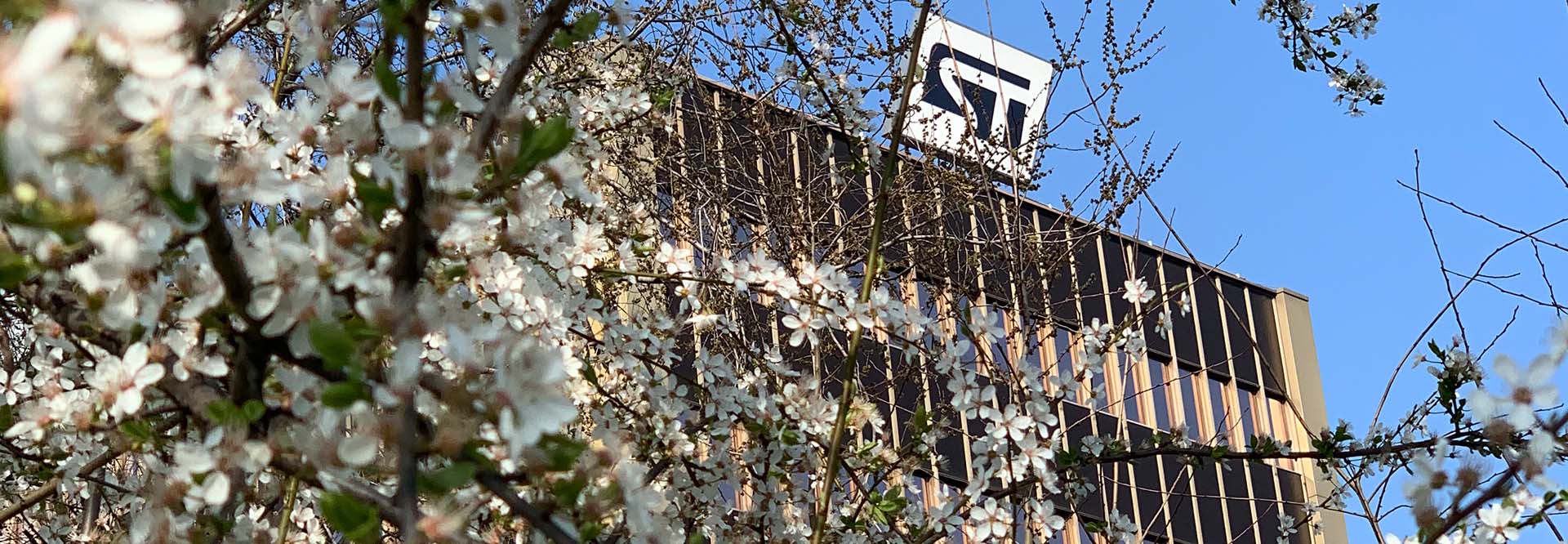Our approach to the environment
We are committed to managing our business operations in an environmentally responsible way.
1993
first environmental policy
0.70
eco-footprint score
in 2022
15
sites assessed for biodiversity
At ST, we provide semiconductor solutions that play an important role in helping to solve environmental and social challenges. At the same time, our operations require natural resources and can have a negative impact on the environment if not managed properly. For nearly 30 years, protecting the planet has been a priority. We have worked consistently to minimize our overall environmental footprint and are committed to reaching carbon neutrality by 2027.
Driving environmental efficiency
Strong governance

We recognize the importance of conducting business in a responsible manner. In 1993, we established our first global environmental policy (the current version is available on www.st.com). Our sustainability charter (www.st.com/sustainabilitycharter) supports this policy by outlining our commitments and goals for 2025 and 2027.
Our approach to the environment is led by executive management and incorporated into our overall Company strategy. The corporate environmental team is responsible for developing programs and procedures. These are then implemented at operational level by local sustainability committees who develop a roadmap according to the needs of their respective sites.
At each manufacturing site, the Environmental, Health and Safety (EHS) steering committee is responsible for implementing the environmental policy. It is composed of members from facilities, production, human resources, and production support. The committee meets quarterly to review and update various topics, such as the site environmental performance or the status of compliance with environmental standards and requirements. Outcomes are shared with the site management for review, and appropriate actions implemented where necessary.
Robust management system
Our environmental management is aligned with recognized international standards, such as ISO14001, ISO50001, ISO14064, and EMAS(1). Our performance and management systems are evaluated annually through third-party surveillance audits, and our certifications are renewed every 3 years. In 2022, all our sites maintained their certifications and our Kirkop (Malta) and Rennes (France) sites joined the 11 ST sites already ISO50001 certified.
To support our culture of continuous improvement, we also conduct internal audits every 3 years. In 2022, we conducted internal audits at seven sites.
In addition, we have a three-year program to conduct third-party EHS legal compliance audits. These assess the compliance status of our sites and limit risks related to our license to operate. The program covers 38 sites, including all our manufacturing sites, all sites with more than 150 employees and some smaller sites and warehouses. In 2022, we conducted nine EHS legal compliance audits.
Monitoring environmental performance
We evaluate our overall environmental performance by monitoring multiple indicators, such as resource consumption, waste, and air emissions.
All environmental data within ST is collected and reported regularly (monthly, quarterly, and yearly) on our central environmental database. Tracking the progress of each indicator allows sites to constantly adjust and improve their performance. We share the results and best practices with all teams during quarterly environment steering committee meetings.
Since 2001, we have used our ‘eco-footprint’ radar, an internal tool to analyze data on the inputs and outputs of our manufacturing operations. The smaller the footprint, the better the performance, with a score of 1.0 or below considered good. It allows us to compare the environmental impact of each ST manufacturing site, as well as our overall progress. We analyze the results to identify potential improvements and define the priorities we need to address. In 2022, our eco-footprint score was 0.70, better than our target of 0.75.
I 3-3 I
Focus

Biodiversity
Declining biodiversity is a growing concern globally. Natural ecosystems are increasingly becoming disrupted, which poses direct threats to humanity. This loss can be attributed to several different factors, including industrial activity, making it critical for organizations to support global biodiversity objectives and the UN Sustainable Development Goals 14 (conserving and sustainably using the oceans, seas, and marine resources) and 15 (conserving life on land).
At ST, we maintain a vigilant and proactive approach to protecting the environment and we recognize the need for a comprehensive biodiversity strategy going forward. To date, several initiatives have been carried out to protect biodiversity of the areas around our sites, such as beehives, low mowing or insect hotels.
In 2022, we launched a survey across 22 of our sites to help us understand our impacts and assess actions already taken. Data was gathered on past studies and initiatives as well as on future projects of the respective sites. This enabled us to identify key areas for improvement.
In addition, we commissioned a specialist study from an external partner to provide an assessment on the biodiversity and ecosystems in the areas close to our sites and operations. Fifteen sites were assessed from our front-end and back-end activities, along with three R&D and design centers. Both qualitative and quantitative evaluations were used to define the environmental context of each site.
Our approach is centered around three key pillars:
- minimizing our impact
- protecting and restoring
- engaging local stakeholders
We defined a biodiversity index based on 10 criteria: governance and strategy; risks and opportunities; water; air; soil; naturality; forest; flora; fauna; and external partnerships. These are scored and prioritized depending on the local context, site maturity level and actions already in place. This will allow us to define priorities to address and monitor our overall progress year on year.
Through our continued efforts, we aim to gain a full understanding of our biodiversity impacts, which will enable us to establish relevant indicators, finalize our corporate biodiversity policy and implement robust environmental management systems. In parallel, our sites continue to implement local initiatives to protect nearby habitats.
(1) EMAS: Eco-Management and Audit Scheme.


